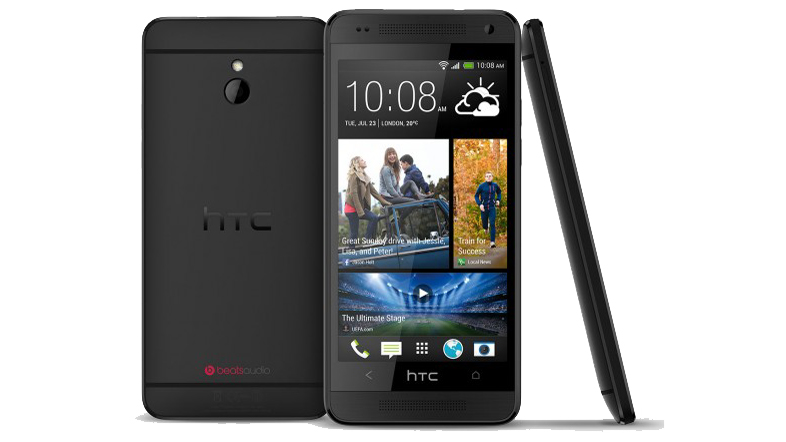Why you can trust TechRadar
The HTC One brought a new notion to the smartphone market: it decided to only offer a 4MP sensor, the benefits of which it's struggled to convey to some prospective buyers.
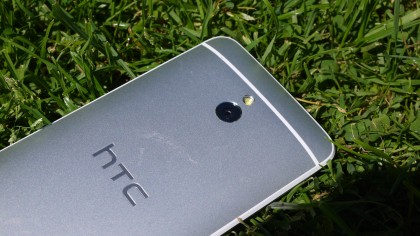
That doesn't mean it's not an excellent camera, as the lower resolution allows for faster snaps, better shutter speed and, most crucially, a massively uprated ability to take pics in low light.
What's impressed us with the HTC One Mini is the fact it's got the same sensor on board, meaning users don't have to think about a compromise when it comes to deciding between the two models. We still wish both had the same specs in a smaller chassis, but things like this do help.
In a move possibly dictated by size constraints, the HTC One Mini does strip out the optical image stabilisation from its bigger brother. This has a slight impact on photo quality as we noted a couple of times where the image was more blurry than we expected, especially compared to the larger model.
Picture saving time was a little lower than expected as well on some occasions, although others showed the retention to be instant, allowing you to take many shots in succession.
The other feature that users will want to coo over on the HTC One Mini is the Zoe functionality. This allows you to take a 3.6-second clip with every photo, meaning you get a snap that's so much richer in information.
Be it a short video that evokes feelings of owning Harry Potter-style photos, or being able to manipulate the results in so many ways (action shots are a particular favourite) the functionality is cool.
On top of that you'll get automatically created short 30-second films based on a date or location, meaning when you go out and take loads of pictures of your mates, or a day out with the dog, you'll get a rather awesome highlights reel to play with.
This will also work with still snaps, but the addition of moving footage really makes the little clip stand out when showing it to your pals.
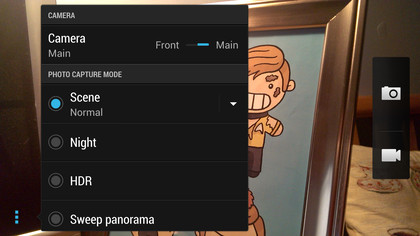
It also converts your gallery into a moving library, which really brings it to life in a way that the normal static image can never hope to.
We've delved into loads of HTC Zoe detail here – so check it out if you want to know just how good this all-new feature is.
But beyond moving images, the control over the phone is excellent as well, thanks to being able to change exposure, contrast and sharpness and also enable HDR mode through the onscreen menu.
HTC clearly wants you to use the front facing camera too – it's been downgraded to a 1.6MP effort, so not as close to the rear sensor (and without all the Ultrapixel jiggery-pokery) but still takes great snaps.
You simply slide your finger up and down the screen to jump between the two cameras as well as enabling the countdown timer if you so wish - it's not a strongly advertised feature, but when you find it, it's really impressive.
The interface for the camera isn't the easiest to use at times, simply thanks to the fact the buttons to hit are so small and there's a great deal of scrolling to alter the effects. There's no intelligent shot mode like that found on the Sony Xperia Z and LG Optimus G Pro, but the auto mode is so good that it doesn't matter in many situations.
But if you want to fire the text mode (which alters the contrast of the picture) or get a little closer up to stuff using macro, you'll have to scoot through a few menu options.
It's also annoying that you can't use HDR (high dynamic range, where multiple exposures are captured of the same photo and stitched together) mode when shootings Zoes as this really improves the picture quality no end.
Given you can use HDR mode while recording video just fine on the HTC One mini, we're not sure why it's not an option. HDR would really bring out the power of the Zoe, and would use the power of the Ultrapixel to an even greater extent. If the chip can support it, why not make it an option?
HDR is a much better option than it used to be on older HTC phones, as it can manage to process in no time at all now. In fact, we wish it could be enabled by default rather than having to switch it on each time.
So onto the good stuff: the camera on the HTC One Mini is not only high quality, but it seems to be every bit as good as the snapper on the more expensive phone.
Don't go thinking you can blow up these pictures and use them day to day for new posters or whatever you're into, as they can become full of noise in certain situations (in the same way many phones can).
There's a lot of noise thanks to the lower pixel count at times, but the range of light levels you get to shoot in compared to other camera phones is excellent.
And the photos we took looked stunning at times on the phone screen, which HTC says is where most of them stay - which we agree with to a degree. On the computer screen photography still looks reasonably sharp, although a lot of detail is lost in the lighter areas and zooming in is pretty much a no-go.
You probably won't look at many photos this way, but if you're thinking of uploading them to Facebook, you probably will get some people checking out your efforts at a larger size.
If you really want amazing photos from your phone, then the HTC One Mini isn't probably the device for you. Yes, you've got the full box of tricks in terms of being able to lock autofocus and controlling the individual elements, but in reality you're not going to get world-beating photography.
What you will get is a really broad range of scenes that will be accessible with your camera, thanks to a bright LED flash and the Ultrapixel system working so flawlessly in so many light levels and scenarios.
We will say this: while we didn't think optical image stabilisation was needed here, the fact that so many pictures came out with a slight blur, added to the fact that Zoes were a jumpy mess a lot of the time, made us really miss the technology. You'll definitely need a steady hand for the One Mini.
For most people they'll be overjoyed with the photo quality on the HTC One. The combination of fast shooting, accurate focus, sharp continuous shooting and a nippy HDR mode, combined with photos that look good on the phone screen, will impress many – and that should tick all the boxes for many looking to get a new camera phone.

Click here to see the full resolution image

Click here to see the full resolution image
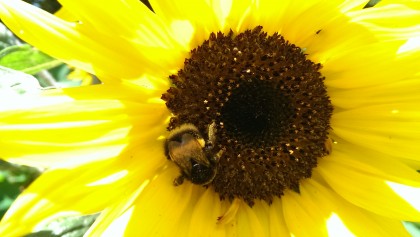
Click here to see the full resolution image
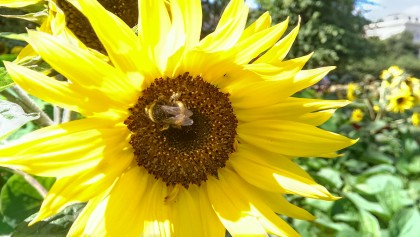
Click here to see the full resolution image

Click here to see the full resolution image

Click here to see the full resolution image
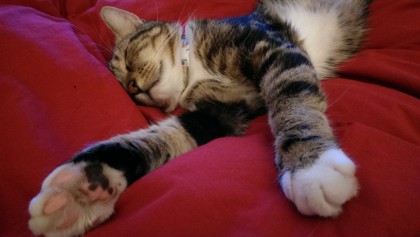
Click here to see the full resolution image
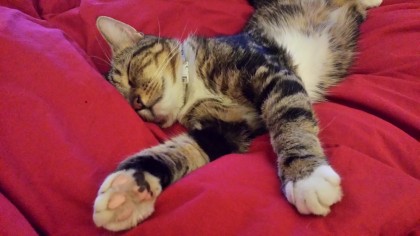
Click here to see the full resolution image
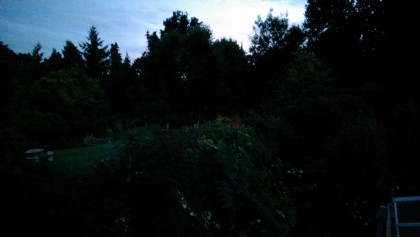
Click here to see the full resolution image
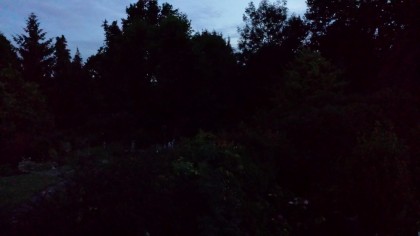

Gareth has been part of the consumer technology world in a career spanning three decades. He started life as a staff writer on the fledgling TechRadar, and has grew with the site (primarily as phones, tablets and wearables editor) until becoming Global Editor in Chief in 2018. Gareth has written over 4,000 articles for TechRadar, has contributed expert insight to a number of other publications, chaired panels on zeitgeist technologies, presented at the Gadget Show Live as well as representing the brand on TV and radio for multiple channels including Sky, BBC, ITV and Al-Jazeera. Passionate about fitness, he can bore anyone rigid about stress management, sleep tracking, heart rate variance as well as bemoaning something about the latest iPhone, Galaxy or OLED TV.
